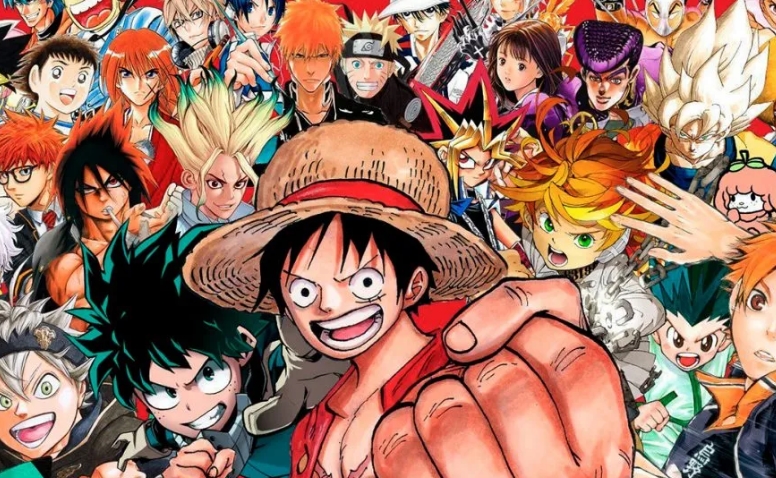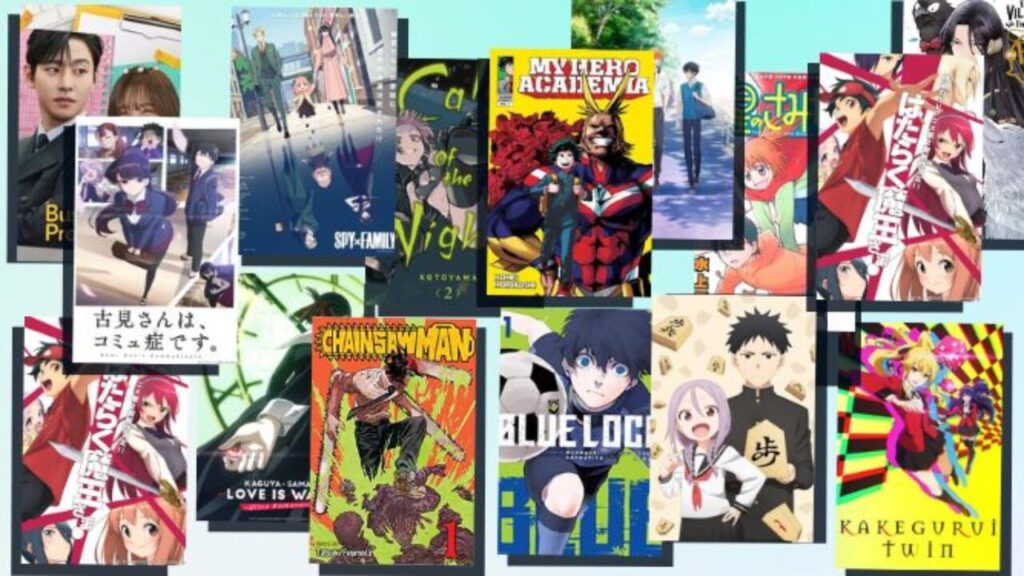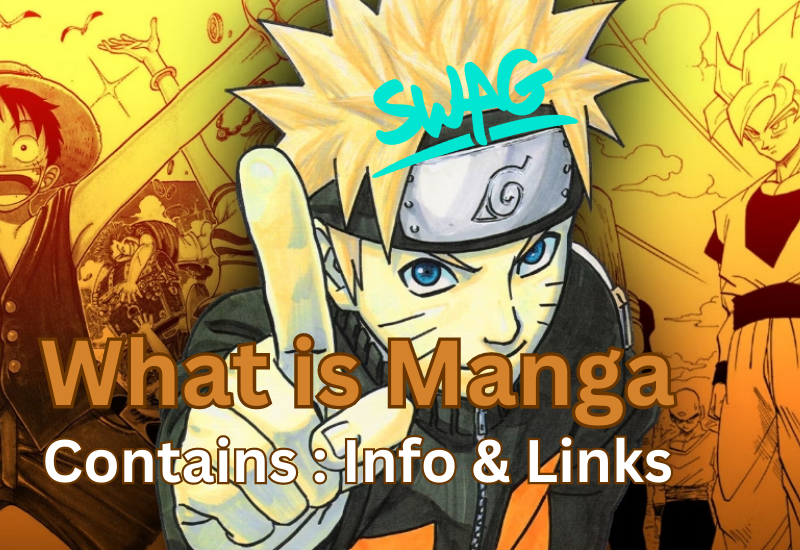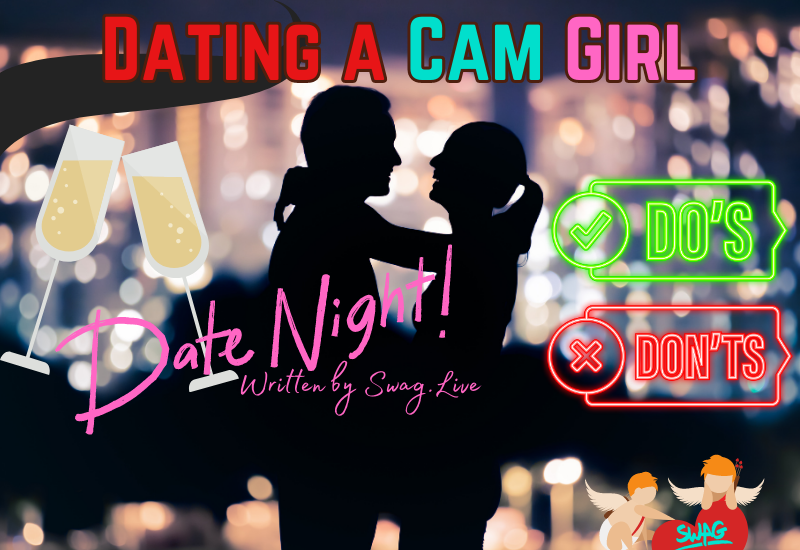Manga is a magical realm where inspiration and imagination intertwine. Its captivating stories, expressive artwork, and diverse genres have garnered a dedicated fanbase worldwide. Through its evolution, manga has brought people together, transcending cultural boundaries and fostering a sense of unity. So, whether you’re a long-time fan or new to this enchanting world, embrace the limitless possibilities of manga and let its vibrant pages inspire you to create, dream, and explore. Manga has inspired millions of fans worldwide, and today, we’ll delve into its origins, styles, impact, and why it continues to capture hearts and minds. So, sit back, relax, and let’s embark on this exhilarating adventure!
What is Manga?
Manga refers to Japanese comics and graphic novels. Unlike traditional comic books, manga is read from right to left and typically features distinctive art styles, vivid characters, and intricate storytelling. Manga covers a wide range of genres, including action, romance, fantasy, science fiction, and slice of life. It has become a fundamental part of Japanese culture and has gained immense popularity around the world.
The History and Evolution of Manga
Manga’s roots can be traced back to the 12th century when narrative picture scrolls depicted stories with sequential art. Over the centuries, the art form evolved, with the introduction of woodblock prints and the influential works of ukiyo-e artists. However, it wasn’t until the 20th century that manga as we know it today emerged, thanks to the groundbreaking contributions of artists like Osamu Tezuka, known as the “Godfather of Manga.” Tezuka’s works, such as “Astro Boy” and “Black Jack,” revolutionized the industry and paved the way for modern manga.
Manga Styles and Genres
One of the most captivating aspects of manga is its diverse range of styles and genres. From the adorable chibi characters with oversized heads to the intricate and realistic art found in Seinen manga, there is something for everyone. Shonen manga targets young male readers and often features action-packed storylines, while shojo manga caters to young female readers with themes of romance and personal growth. Other popular genres include seinen (aimed at older male readers), josei (targeting older female readers), and yaoi/yuri (romantic relationships between same-sex characters)

The Global Influence of Manga
Manga has transcended borders and captivated audiences worldwide. Its influence can be seen in various forms of media, from anime adaptations to live-action films. Cosplay, the art of dressing up as manga or anime characters, has gained immense popularity and has become a vibrant community for fans to express their creativity. Manga conventions and festivals attract enthusiasts from different cultures, fostering a sense of unity and shared passion. The global impact of manga continues to grow, inspiring artists, writers, and even filmmakers around the world.
Why Manga Captivates Readers
Manga’s enduring appeal lies in its ability to transport readers to imaginative worlds and create emotional connections with its characters. The combination of expressive artwork, engaging storytelling, and well-developed characters makes manga a compelling form of entertainment. Whether it’s the adrenaline-pumping battles in shonen manga or the heartwarming relationships in shojo manga, readers can find relatable experiences and emotions within these pages. Manga provides an escape, allowing us to experience adventures and emotions beyond our own reality.
Manga’s Positive Impact
Beyond entertainment, manga has had a profound positive impact on society. It has encouraged literacy, especially among reluctant readers, by presenting stories in a visually engaging format. The medium also addresses important social issues, such as gender equality, mental health, and environmental concerns, raising awareness and fostering discussions among readers. Additionally, manga has inspired countless artists and storytellers, motivating them to pursue their passions and express their creativity. It serves as a reminder that with determination and imagination, dreams can become a reality.

In conclusion
manga is a magical realm where inspiration and imagination intertwine. Its captivating stories, expressive artwork, and diverse genres have garnered a dedicated fanbase worldwide. Through its evolution, manga has brought people together, transcending cultural boundaries and fostering a sense of unity. So, whether you’re a long-time fan or new to this enchanting world, embrace the limitless possibilities of manga and let its vibrant pages inspire you to create, dream, and explore. Remember, within the colorful world of manga, there is a story waiting for everyone. Thank you for joining me on this journey!
These ten artists have left an indelible mark on the world of manga, captivating readers with their distinct styles, compelling narratives, and imaginative worlds. Each artist brings their own unique flair to the medium, showcasing the boundless possibilities of storytelling through manga.
- Osamu Tezuka: Known as the “Godfather of Manga,” Tezuka revolutionized the art form with works like “Astro Boy” and “Black Jack,” establishing the foundation for modern manga.
Wiki: Osamu Tezuka Official Website: Tezuka Productions - Rumiko Takahashi: Famous for her works such as “Inuyasha” and “Ranma ½,” Takahashi has captivated readers with her unique blend of romance, comedy, and fantasy.
Wiki: Rumiko Takahashi Official Website: Shogakukan (Japanese) - Naoki Urasawa: Renowned for his intricate storytelling and suspenseful narratives, Urasawa has created masterpieces like “Monster” and “20th Century Boys.”
Wiki: Naoki Urasawa Official Twitter: @urasawa_naoki - CLAMP: A talented all-female manga artist group, CLAMP has created beloved series like “Cardcaptor Sakura” and “xxxHOLiC,” known for their exquisite art and captivating narratives.
Wiki: CLAMP Official Website: CLAMP-NET - Hirohiko Araki: The creator of the long-running and critically acclaimed series “JoJo’s Bizarre Adventure,” Araki’s distinctive art style and imaginative storytelling have garnered a dedicated fanbase. Wiki: Hirohiko Araki Official Twitter: @araki_official
- Akira Toriyama: Best known for “Dragon Ball,” Toriyama’s dynamic artwork and epic battles have made his series a global phenomenon, inspiring countless artists and fans.
Wiki: Akira Toriyama Official Website: Bird Studio - Eiichiro Oda: The mastermind behind “One Piece,” Oda’s epic adventure series has become one of the most popular and best-selling manga of all time, captivating readers with its rich world-building and memorable characters.
Wiki: Eiichiro Oda Official Website: One Piece Official - Hiromu Arakawa: Renowned for her award-winning series “Fullmetal Alchemist,” Arakawa combines compelling storytelling, intricate plotlines, and stunning artwork to create an unforgettable reading experience.
Wiki: Hiromu Arakawa Official Website: Square Enix (Japanese) - Takehiko Inoue: Known for his realistic art style and powerful storytelling, Inoue’s works include “Slam Dunk,” a basketball-themed manga, and “Vagabond,” a historical epic.
Wiki: Takehiko Inoue Official Website: Inoue Takehiko Slam Dunk Artworks - Junji Ito: A master of horror, Ito’s unique and unsettling art style has earned him a reputation as one of the most influential horror manga artists. Works like “Uzumaki” and “Tomie” showcase his mastery of atmospheric storytelling.
Wiki: Junji Ito Official Twitter: @junjiitofficial
While we have covered the basics of manga, there are a few additional aspects worth mentioning:

- Manga Publishing Industry: The manga publishing industry in Japan is robust and highly competitive. Major manga publishers such as Shueisha, Kodansha, and Shogakukan release numerous manga titles each year. Manga magazines like Shonen Jump and Shoujo Beat serialize chapters of various manga series, providing a platform for new and established artists to showcase their work.
- Scanlation and Fan Translation: Scanlation refers to the unauthorized scanning, translation, and distribution of manga by fans. While scanlations have allowed manga to reach wider international audiences, it is important to support the official releases and respect the rights of manga creators.
- Censorship and Content Rating: In Japan, manga is subject to various content rating systems. Shonen manga, aimed at younger readers, tends to have more restrictions compared to Seinen or Josei manga targeted at older audiences. It’s important to be aware of content ratings and choose manga that aligns with your preferences and age appropriateness.
- Digital Manga: With the advent of digital platforms and e-readers, manga consumption has expanded into the digital realm. Online platforms like ComiXology, Crunchyroll Manga, and Shonen Jump offer legal digital manga releases, providing convenient access to a vast library of titles.
- Collaborations and Adaptations: Manga has often crossed over into other forms of media. Many manga series have been adapted into successful anime, live-action films, and TV series. Some manga artists have also collaborated with international creators, resulting in unique crossovers and spin-offs.
- Doujinshi: Doujinshi refers to self-published manga or fan-made works that are often based on existing manga or anime series. It allows fans to express their creativity, create derivative works, and showcase their own interpretations of beloved characters and stories.
- Influences on Western Comics: Manga has had a significant impact on Western comic book culture. The influence of manga can be seen in the art styles, storytelling techniques, and themes present in contemporary Western comics and graphic novels.
- Manga Publishing Industry: The manga publishing industry in Japan is robust and highly competitive. Major manga publishers such as Shueisha, Kodansha, and Shogakukan release numerous manga titles each year. Manga magazines like Shonen Jump and Shoujo Beat serialize chapters of various manga series, providing a platform for new and established artists to showcase their work.
- Scanlation and Fan Translation: Scanlation refers to the unauthorized scanning, translation, and distribution of manga by fans. While scanlations have allowed manga to reach wider international audiences, it is important to support the official releases and respect the rights of manga creators.
- Censorship and Content Rating: In Japan, manga is subject to various content rating systems. Shonen manga, aimed at younger readers, tends to have more restrictions compared to Seinen or Josei manga targeted at older audiences. It’s important to be aware of content ratings and choose manga that aligns with your preferences and age appropriateness.
- Digital Manga: With the advent of digital platforms and e-readers, manga consumption has expanded into the digital realm. Online platforms like ComiXology, Crunchyroll Manga, and Shonen Jump offer legal digital manga releases, providing convenient access to a vast library of titles.
- Collaborations and Adaptations: Manga has often crossed over into other forms of media. Many manga series have been adapted into successful anime, live-action films, and TV series. Some manga artists have also collaborated with international creators, resulting in unique crossovers and spin-offs.
- Doujinshi: Doujinshi refers to self-published manga or fan-made works that are often based on existing manga or anime series. It allows fans to express their creativity, create derivative works, and showcase their own interpretations of beloved characters and stories.
- Influences on Western Comics: Manga has had a significant impact on Western comic book culture. The influence of manga can be seen in the art styles, storytelling techniques, and themes present in contemporary Western comics and graphic novels.
- Manga Awards: There are prestigious manga awards in Japan, such as the Shogakukan Manga Award, Kodansha Manga Award, and Tezuka Osamu Cultural Prize. These awards recognize exceptional manga works and celebrate the achievements of talented artists.
- Manga Anthologies: Manga anthologies are collections of short manga stories by various artists. These anthologies often revolve around a specific theme or genre and provide a platform for emerging artists to showcase their skills.
- Fan Culture and Fandom: Manga has a vibrant fan culture with dedicated communities of readers and enthusiasts. Fans engage in discussions, create fan art, participate in cosplay events, and attend conventions to celebrate their favorite manga series.
- Long-Running Series: Many manga series have extensive runs, spanning several years or even decades. These long-running series, such as “Naruto” and “Bleach,” have loyal fanbases and become cultural phenomena.
- Manga Adaptations of Other Media: In addition to manga-inspiring adaptations, the medium also adapts works from other forms of media. Manga adaptations of popular novels, movies, and video games allow fans to experience their favorite stories in a new visual format.
- Experimental and Alternative Manga: Manga is not limited to mainstream genres and storytelling conventions. There is a vibrant subculture of experimental and alternative manga that pushes boundaries, exploring unconventional themes, art styles, and narratives.
- International Manga: Manga has influenced artists and creators beyond Japan. Many countries have developed their own manga-inspired works, such as Manhwa from South Korea and Manhua from China, which reflect their unique cultural influences while embracing the manga style.
Is there Manga for Adult Sites?
While manga covers a wide range of genres and themes, including adult-oriented content, it’s important to note that not all manga is related to the adult entertainment industry. Manga encompasses various genres, such as action, adventure, romance, fantasy, and science fiction, catering to readers of different age groups and interests.
Within the manga medium, there is a subset called “hentai,” which refers to sexually explicit or pornographic manga. Hentai manga focuses on explicit sexual content and is intended for adult audiences. However, it’s worth noting that hentai represents a small fraction of the overall manga industry and is not the primary focus or representation of manga as a whole.
It’s important to exercise caution when searching for manga content online, especially if you’re looking for age-appropriate and non-explicit material. Make sure to read reviews, check content ratings, and access manga from reputable sources to ensure you’re engaging with content that aligns with your preferences and values.
Remember, manga is a vast and ever-evolving medium with countless stories waiting to be explored. Each artist brings a unique perspective, and every series offers something different. So, immerse yourself in the world of manga, follow your favorite artists, and discover the myriad of captivating tales that await you! Read more about different sexy kinky fetishes.




